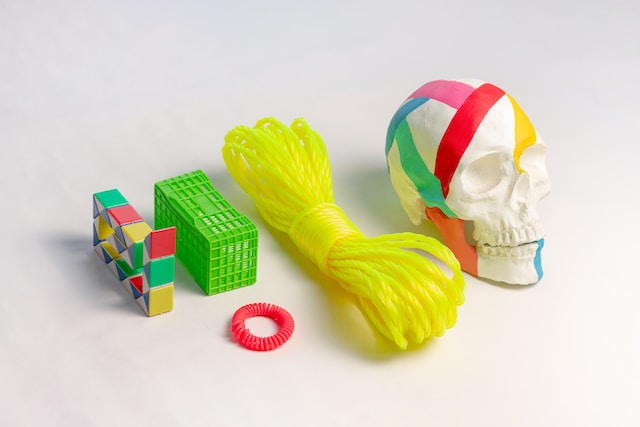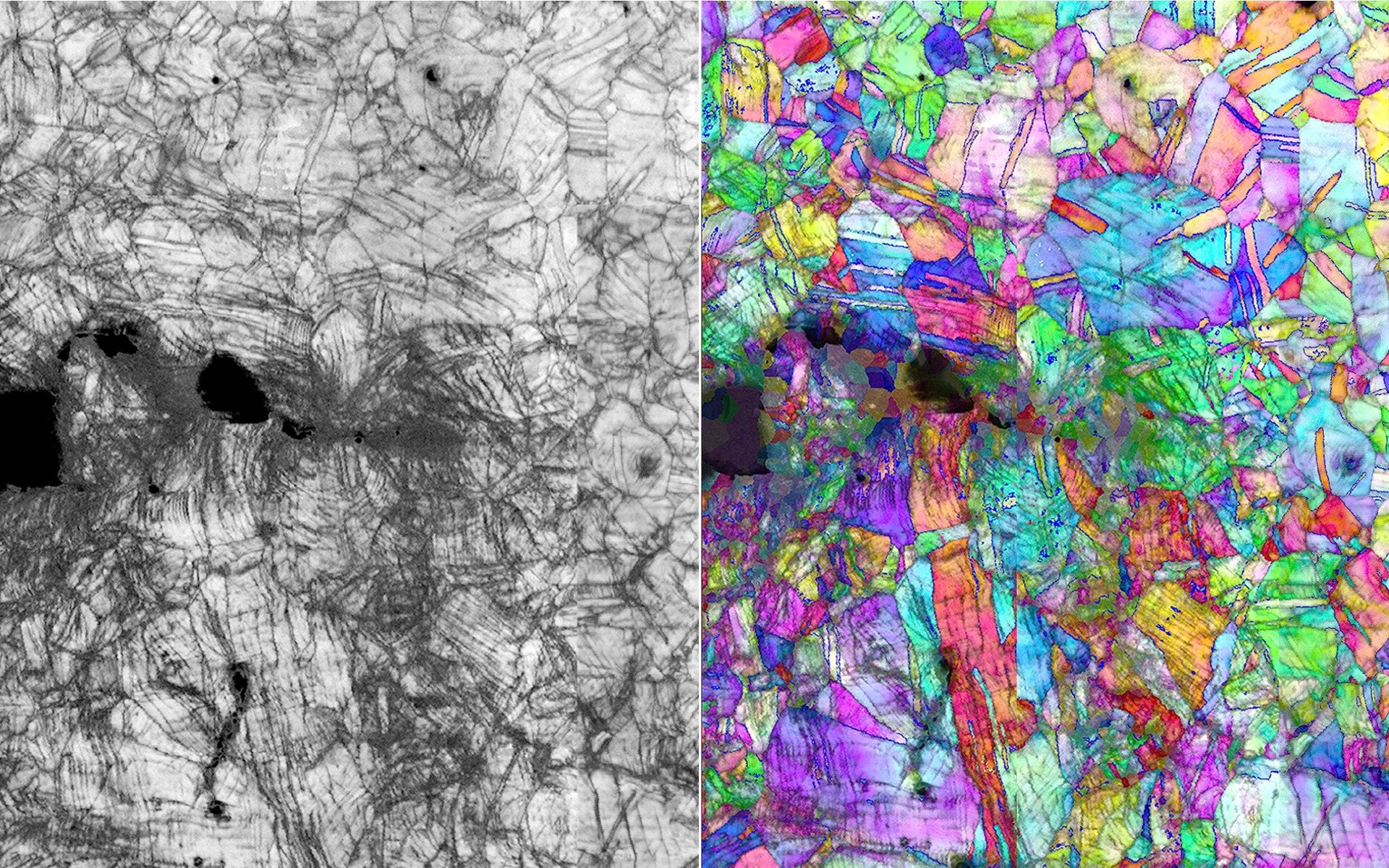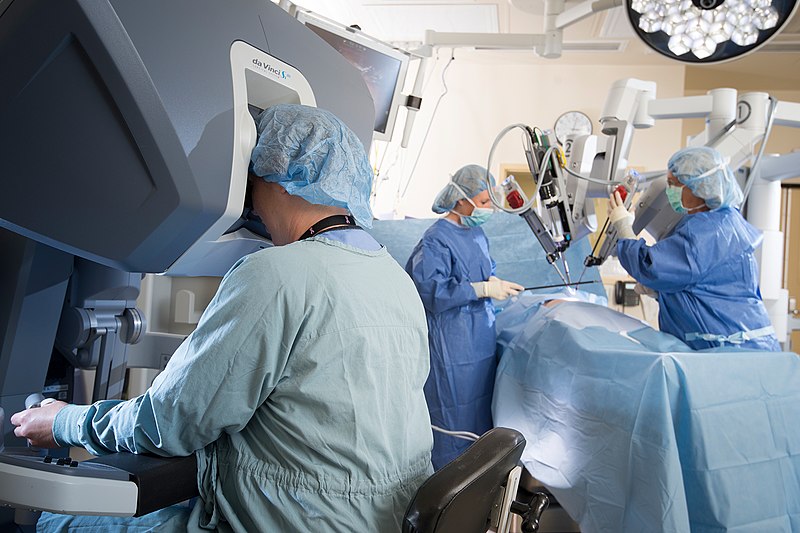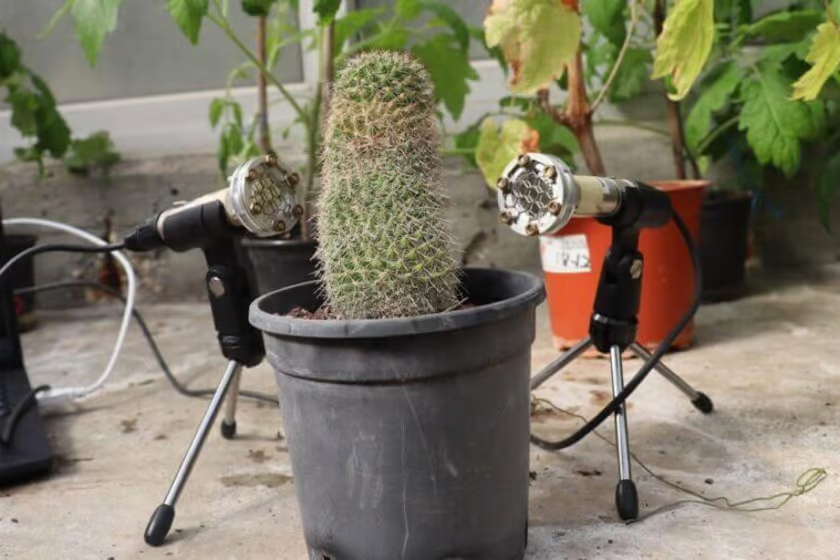Due to the continuous evolution in Plastic Injection Molding Technology, I have been entrusted with the delicate task of making a summary of the development that injection molding technology has had from the start.
I think it is not inaccurate to say that something new is developed in plastic injection molding technology every day, so it is a challenge to capture in a single article the development milestones that have been marked from the start.
However, I have tried to explain the main history of technology and how it is going to change our future.
Early Beginnings of Plastic Molding
Polyester made with glycerin and tartaric acid, was the first condensation polymer produced in 1847 by Jacob Berzelius, before plastic injection, who is credited with the creation of chemical terms such as catalysis, polymer, isomer and allotrope, with their original definitions.
In 1862, Alexander Parkes presented a new material derived from cellulose at an international exhibition held in London, which he called Parkesin, which could be heated, molded and cooled while maintaining its shape. However, it was very fragile and expensive.
The brothers John and Isaiah Hyatt developed in 1868 a plastic material that surpassed that of Parkes, called celluloid. In 1872 they patented the first plastic injection molding machine in history, with a very simple process compared to current machines.
For a few decades, the injection molding industry did not make much headway, but with the demand for low-cost, high-volume mass-producing products stemming from World War II, plastic-molded products became very popular.
Birth of Plastic Injection Molding
According to the record in 1872 John Hyatt patented an injection machine; Half a century later, the Cellon-Werkw company of German origin is credited with pioneering the modern plastic injection machine; However, Mentmore Manufacturing, a German company, in the thirties, used injection molding machines, mass-producing the fountain pen.
The first machines worked with compressed air, the system for opening the mold and extracting the part was done manually, the controls were manual valves, without digital displays and they did not have any security system.
In 1932 the first plastic injection machine operated with electrical systems appeared, but in 1951 the United States developed the first machine with a screw (spindle), this change has been the most important in the history of injection machines.
The first plastic injection machine with a screw was created by James Watson Hendry in 1946, which allowed greater control of the speed and quality of the finished product, as well as mixing colored or recycled materials with virgin materials.
Hendry perfected its molding process, which is still the basis of the equipment today, by integrating systems that allowed it to produce hollow and complex parts, which offered greater design possibilities, and reduced time, cost, weight, and waste.
Since the 1980s, improvements have been in design efficiency, polymer flow, adapting a CAD software system, computer-aided injection, better heat control, and efficiency in product quality control.
TDLmould, is a leading plastic factory, where we adapt each design that it requires, thanks to the fact that we have the appropriate plastic injection machinery.
Technological Advancements in the 20th Century
Plastic injection molding technologies are present in many industries. The use of plastic is very common from the start and the vast majority of commercialized products integrate pieces of this material. A good example is the automotive industry, which continues to be the main applicant for injected parts, followed by containers and packaging.
From the start of the 20th century, these industries have been increasing their productive flexibility and profitability through integration automation and computerized methods to work with injection machines. Also to achieve a better quality analysis of 100% of the production and reduce errors.
Due to the growth in processing many new plastic materials were introduced in the area. it is safe to say that till now about 1,500 new ones are developed annually. The growth in the number of grades makes it possible to use an unlimited range of similar polymers. New casting technologies continue to be developed. Some of the new plastic injection molding companies directly compete with traditional injection molding by producing products that are in the same market niche.
All these factors force continuous changes in the methods to develop, improved and cover the entire injection molding process. These approaches should look like a system that considers all aspects, including plastic product design, material grade selection, injection mold design, manufacturing process, and automation.
An integrated approach should be applied everywhere. For low-income production to be successful, methods for identifying and eliminating defects must be more reliable, accurate, verified, and their application should be regular
Modern Plastic Injection Molding
In the last decade, a number of unforgettable innovations are introduced in the plastics industry.
Sustainability, productivity, energy recovery, plastic waste, Industry 4.0, and automation have been the main topics of the industry in the modern world. The main target of this innovation is support in processing in tackling the current challenges of the circular economy and improving production efficiency.
We can say that this is the beginning of a new era for plastics manufacturers. Modern Plastic Injection Molding techniques are developing even more dynamic, high-speed, and precise lines of injection molding machines than before.
Currently, the robotics market has high growth prospects in many industrial sectors, and even in non-industrial ones.
In particular in the world of plastics, according to Research, 15% of manufacturers dedicated Robotic process automation to the assistance of injection molding machines.
These robots are favored to work close to humans. A risk assessment and the correct integration of security, automation, and robots will assist human operators in the factories in a sustainable way without the need for fencing. In conclusion, this translates into the possibility of automating processes that could not be done before and saving space in the plant.
Future Prospects and Innovations
We are on the verge of a new industrial revolution. Globally, there is talk of “Industry 4.0”, the time in which intelligent machines and Robots will be able to adapt to new production environments. This means that existing machine control systems will “learn” from their mistakes and will be able to self-correct, minimizing human intervention. The plastics industry is no exception to this macro-trend and we are already seeing progress from different suppliers in this direction. The goal is to minimize losses, discover only plastic injection molding jobs which are stregatic, minimize human labor and achieve stable quality, with minimal energy consumption.
Conclusion
In view of the fact that the times between the release of plastic injection molding and now have seen a lot of changes and evolutions in the technology. New technologies especially AI and robots are making injection molding more and more convenient and economical. The flexibility, the space-saving, easy commissioning and not to mention the ease of projecting the projects, make the concept of plastic molding an extremely attractive solution. If you are interested in modern manufacturing with the latest plastic injection molding techniques then it’s better to look for professionals like TDL mould company which can benefit you truly .






